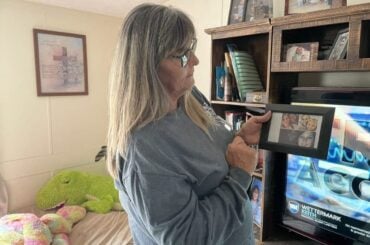Since elevated levels of lead were found in the water supply in Flint, Mich. nearly four years ago, the community has faced one hardship after another. The latest issue to come to light has been a rise in the percentage of their students who qualify for special education services.
According to a report from Education Week, “At least 1 in 5 students in Flint’s public schools are eligible for special education—and the school system is buckling under the weight of federal requirements and costs for providing programs and services.” This number is only expected to rise higher as more lead-exposed children enter the school system, and has prompted a lawsuit alleging “systematic failure to meet the needs of special education students.
Damage from lead exposure is ongoing.
In 2015, officials discovered that residents of Flint had been using water with elevated levels of lead for over 17 months. The lead levels had risen after the city switched the source of their water supply. Although it has been years since the discovery was made and the levels have now returned to normal, the city has not recovered. Drinking fountains in schools are still shut off and families are struggling to survive in a school district that can’t meet the overwhelming needs of their students.
The number of students who qualify for special education services in Flint has risen from about 13 percent before the lead exposure, to over 20 percent in the 2018-2019 school year.
Although the class action lawsuit, filed on behalf of Flint parents seeking screening and essential educational programs, can’t place the blame for under resourced special education programs solely on lead in the water, the connection is well documented. According to the CDC, “Exposure to lead can seriously harm a child’s health, including damage to the brain and nervous system, slowed growth and development, learning and behavior problems, and hearing and speech problems.” Unfortunately, the children of Flint are experiencing all of the above. The lawsuit also seeks to rectify the schools’ “increased reliance on suspensions and related discipline measures to deal with student behavior,” as cases of increased aggression and behavior issues in lead-exposed children increase.
Schools can’t keep up with the demand.
On top of these health and behavioral challenges, the school system was already under staffed and under resourced, even prior to the increase in special needs students. The suit claims that the “State of Michigan has failed to provide the resources and support essential to enable the Flint public education system to meet the needs of this vulnerable [preschool through grade 12] population. In the wake of the Flint lead crisis, Flint children face an unprecedented educational and civil rights disaster.” As many citizens with the means to move to other districts do so, the tax base used to hire new, qualified teachers and expand necessary programs dwindles.
The problem may be more widespread than we feared.
Flint may not be the only large city seeing these numbers rise due to lead exposure. Old buildings and deteriorating pipes have meant higher levels of lead in schools in big districts across the country. Water has been shut off due to lead concerns in schools from Portland, Oregon to Newark, New Jersey.
A study done by the Harvard T.H. Chan School of Public Health investigated how schools are currently monitoring for lead and found that, of the 12 states who had information available on their lead levels, “44% of schools tested had one or more water samples with a lead concentration at or above the state’s action level.” Half of U.S. students attend schools where the water isn’t tested for lead at all.
The education problems in Flint are a warning for school districts around the country. What started as a problem with their water has turned into a very real crisis in their schools.







